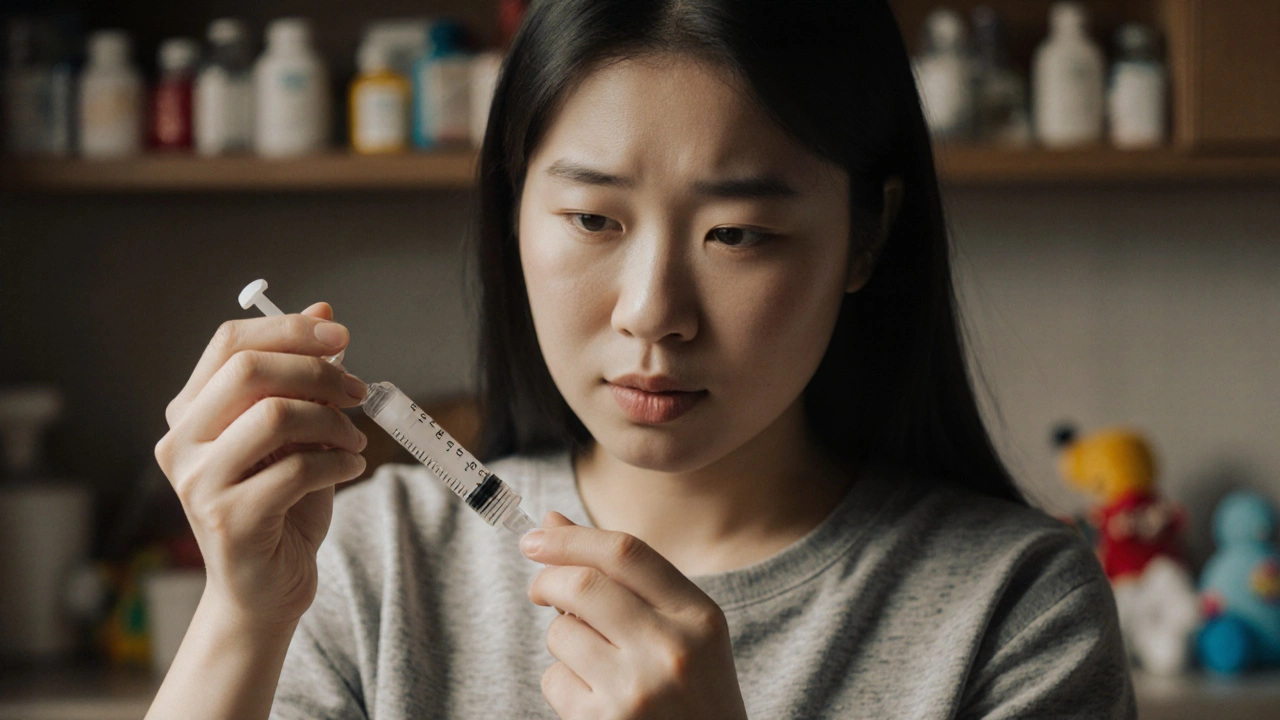Learn how to safely measure and give liquid medicine to kids using dosing syringes. Avoid dangerous errors with step-by-step guidance, common mistakes, and expert-backed tips for accurate pediatric dosing.
Dosing Syringe: How to Use It Correctly and What to Know
When you need to give medicine by mouth—whether it’s for a child, an elderly parent, or even a pet—a dosing syringe, a calibrated tool designed for accurate liquid medication delivery. Also known as an oral syringe, it’s the simplest way to avoid guesswork and ensure the right amount gets in. Unlike kitchen spoons or medicine cups, a dosing syringe gives you precision down to the tenth of a milliliter. That matters because too little won’t help, and too much can be dangerous—especially with antibiotics, pain relievers, or seizure meds.
Dosing syringes aren’t just for kids. Seniors with swallowing issues, people on complex drug regimens, and pet owners all rely on them. They’re used with liquid forms of drugs like sertraline, azilsartan medoxomil, or even calcipotriene suspensions. Some syringes come with a cap to prevent spills, others have a slip-tip for easy filling from bottles. You’ll find them in pharmacies, medical supply stores, and sometimes even included with prescriptions.
Using one wrong can lead to errors. Always check the unit—milliliters (mL), not teaspoons. Never use a syringe meant for oral meds to give injections, and never reuse a syringe. Clean it with warm water after each use, but don’t boil it unless the manufacturer says it’s safe. Store it dry and out of reach of children. If you’re unsure about the dose, double-check with your pharmacist. Many people don’t realize that the same medication can come in different concentrations—like 5mg/mL vs. 10mg/mL—and using the wrong syringe setting can double or halve your dose.
What you’ll find in the posts below are real-world guides that connect dosing syringes to actual medications and situations. You’ll see how people use them with ED treatments like Cialis or Sildamax, how caregivers handle HIV meds like lamivudine-zidovudine, and how pet owners give antifungal or anticholinergic liquids safely. There’s advice on choosing the right size, avoiding common mistakes, and even how to measure thick syrups without wasting medicine. These aren’t theoretical tips—they’re from people who’ve been there.

